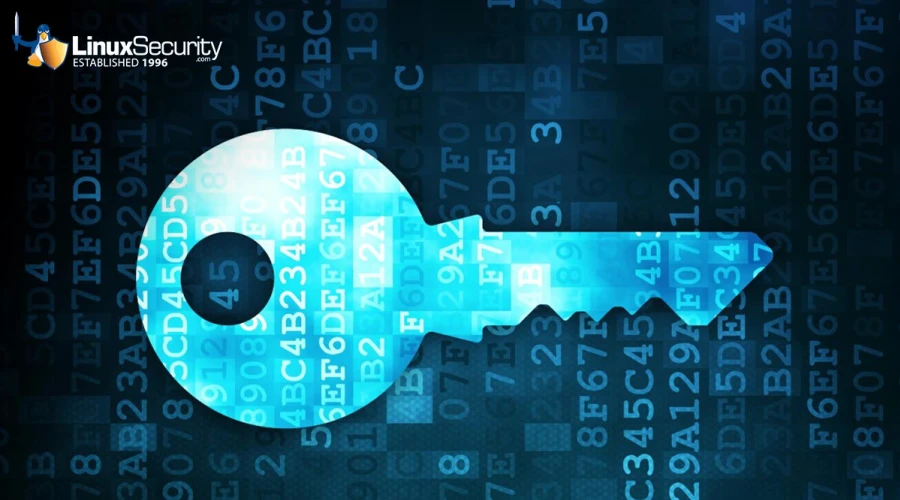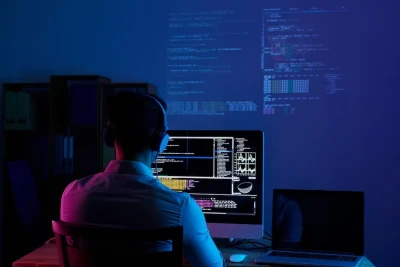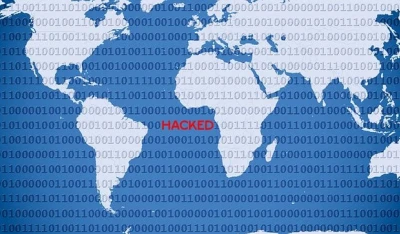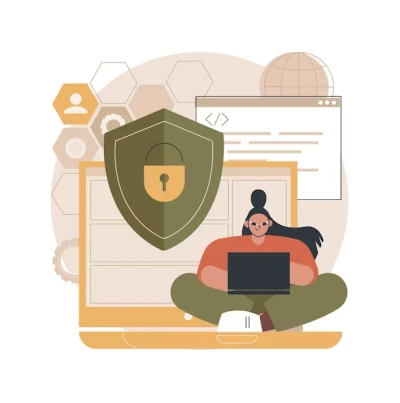
Code integrity and authenticity are crucial in today's continuous and rapid momentum in software development. This is where code signing becomes highly relevant in dealing with such challenges. As per LinuxSecurity’s Linux news, the critical point behind code signing is using cryptographic signatures, which enable software origin authorization and ensure integrity.
This means developers can prove the authenticity of their software using a code-signing certificate issued by a trusted Certificate Authority, culminating in users' increased confidence and protection against malicious activities. To help you understand how code signing solutions could benefit your development efforts, I’ll explain in more depth what it is, its notable benefits, and the future of code signing heading into 2025.
Understanding Code Signing
 First, to understand why code signing is important, one must know how it works. A developer who signs his code uses a private key; therefore, the unique digital signature has its corresponding public key so that a secure bond will validate certain things about origin and integrity. Certificate Authorities are significant here; they verify the identity of the code-signing source and link it with a code-signing certificate. Under the system of public-private keys, forging such a signature would be very difficult since it can only be signed by its rightful owner.
First, to understand why code signing is important, one must know how it works. A developer who signs his code uses a private key; therefore, the unique digital signature has its corresponding public key so that a secure bond will validate certain things about origin and integrity. Certificate Authorities are significant here; they verify the identity of the code-signing source and link it with a code-signing certificate. Under the system of public-private keys, forging such a signature would be very difficult since it can only be signed by its rightful owner.
Code signing is not something that can be taken lightly. According to the Cybersecurity and Infrastructure Security Agency, it forms a core component in securing the software supply chain. With the increasing incidence of cyber threats, there is a need to ensure that software is protected from tampering and malicious use. A single compromised piece of software can lead to significant security breaches, translating into loss and damage to reputation.
Key Advantages of Code Signing Solutions
Code signing solutions offer several notable advantages, including:
Code Authentication
A significant advantage of code signing is the authentication of the code. In other words, signing code provides developers a means of letting users make sure the software they are using is from an authentic source. This applies to our world, where many counterfeit applications pretend to be something else, such as malware masquerading as genuine software. A user will, therefore, view this signature and know whether or not it has been tampered with since its creation.
According to an IBM study, human error accounts for 95% of cybersecurity incidents. This raises some very serious reasons why robust security measures, such as code signing, must be in place to ensure that software is authenticated and prevent developers and users from falling foul of malicious downloads and phishing attacks.
Software Author Verification
Beyond authentication, code signing provides the potential for software author validation. With software author validation, the recipient can validate who the developer or organization behind the software is. A good CA ensures that a developer's identity is checked and attests to the valid public key paired with the code-signing certificate. This instills confidence in users who are uncertain about downloading software from unknown sources.
This is especially important in finance and healthcare because those industries have strict compliance and regulatory standards. For example, businesses that operate in regulated sectors, like HIPAA and PCI DSS, must consider proving the authenticity and integrity of a software update essential to remaining compliant.
Cryptographic Protection
Another major advantage of code signing is its ability to provide cryptographic protection. While carrying out code signing, it is not a question of mere origin; integrity must be ascertained. After being signed, the code must not incur any alteration whatsoever, or the digital signature will fail, which will warn users that tampering might have occurred and is likely to occur.
The mechanisms conducted in such manners are essentially cryptographic and thus provide grounds for protection against attacks, particularly those against targets meant to introduce vulnerabilities into software.
Moreover, cyber threats are becoming more sophisticated, demanding robust cryptography measures. From ransomware to supply chain attacks, organizations are in danger. Code signing is a substantial barrier in that direction, ensuring only verified code runs in user environments.
The Changing Threat Landscape
 The techniques of the malicious actors themselves are as varied as their threats. One of those methods is how modern-day hackers tamper with code-signing certificates. An attacker with enough privileges could use a private key and certificate to sign code that appears to originate from another trusted source for both users and security systems. As it would be, in one fell swoop, this tactic fools users and security systems into allowing malware to bypass traditional defenses.
The techniques of the malicious actors themselves are as varied as their threats. One of those methods is how modern-day hackers tamper with code-signing certificates. An attacker with enough privileges could use a private key and certificate to sign code that appears to originate from another trusted source for both users and security systems. As it would be, in one fell swoop, this tactic fools users and security systems into allowing malware to bypass traditional defenses.
Code-signing certificates have been central to several high-profile breaches in recent years, including when an attacker signed malware with a pilfered code-signing certificate and spread it as legitimate software, infecting widespread numbers of corporate networks.
CISA has revealed that compromised code-signing certificates have been the focus of some significant security breaches lately, underlining the critical need for serious security measures by the developers and organizations issuing the code.
Enforcing Strong Code Signing Practices
Developers must consider stringent code-signing practices due to the current state-of-the-art threats they face. One effective strategy is using hardware security modules or another secure cryptographic device to protect private keys. By using HSMs, keys are managed in a highly secure environment, thereby reducing unauthorized access and misuse of these keys.
Furthermore, periodic updating and monitoring of code-signing certificates help highlight unauthorized use, thereby revealing possible breaches. Proactively managing the certificate will significantly raise an organization's security posture by establishing a practice that periodically audits your certificate inventory.
The Future of Code Signing
Signing solutions will become paramount as the software development landscape changes. Cloud computing has made integrity in software an important affair for today and the future, especially with the reliance on third-party libraries. Developers should be more vigilant about keeping their code safe from potential threats since the repercussions of a security breach can be intense.
Also, the global code signing certificate market will exhibit high growth shortly due to growing awareness among organizations and individuals about cybersecurity risks and the need for security in software distribution. Studies carried out by various research firms indicate that this continuous growth represents a part of the trend of adopting advanced security measures in various industries.
Our Final Thoughts on the Central Role of Code Signing Solutions in Modern Linux Security Strategies
 Over the past few years, code signing has emerged as a standard software development process. It primarily ensures application integrity and authenticity. By signing code, developers provide users with tangible assurance of application legitimacy.
Over the past few years, code signing has emerged as a standard software development process. It primarily ensures application integrity and authenticity. By signing code, developers provide users with tangible assurance of application legitimacy.
That trust is significant in this day and age of malware camouflaging itself as real applications. When end-users see a verified code-signing certificate, they know it's a software engagement with which they can confidently move forward, knowing it hasn't been tampered with and comes from a trusted source.
This trust gives you a safe software ecosystem, especially when a security breach has enormous ramifications.
Another critical role of code signing is identifying the authenticity of software authors. This helps gain users' trust and considerably reduces counterfeit application risks. In a world where cybercriminals adopt the most deceitful methods to spread malware, knowing who develops the applications will be imperative.
Code signing associates software with the right creator to protect users from such threats. This helps users avoid downloading malicious software that may compromise the system's security, promoting a safe cyber experience.
With ever-increasing cyber threats, code signing has become very important, and every developer and organization must follow this practice for robust security.
Let us know @lnxsec how you're using code signing to strengthen the security of your software development!














